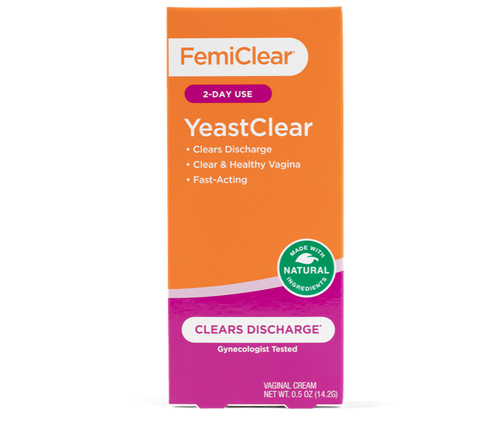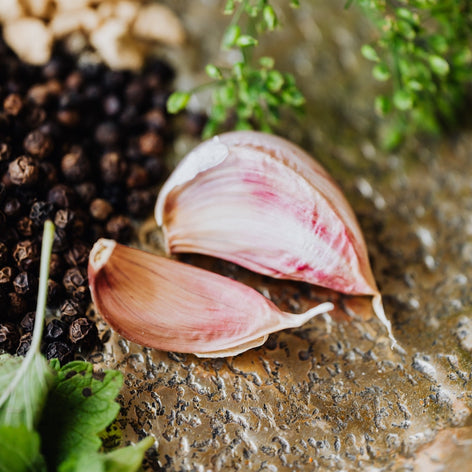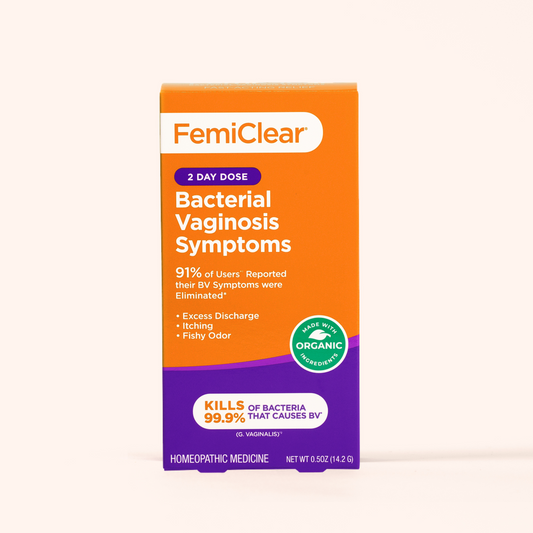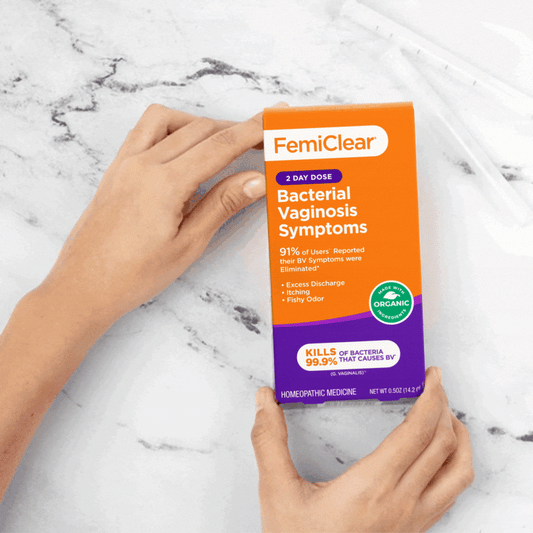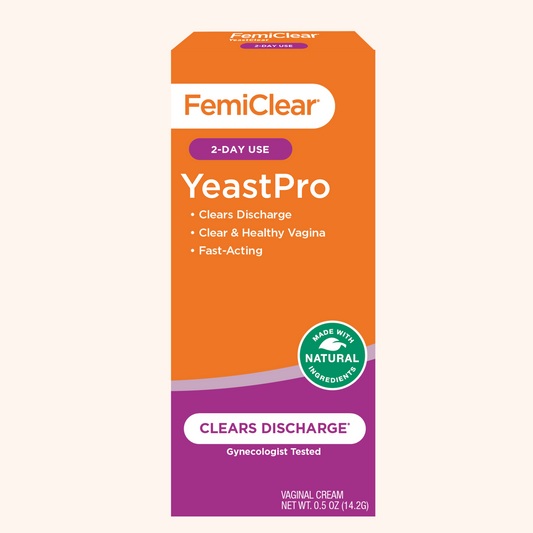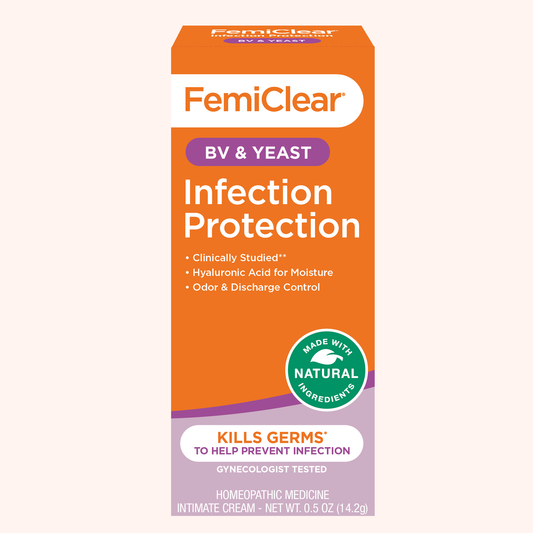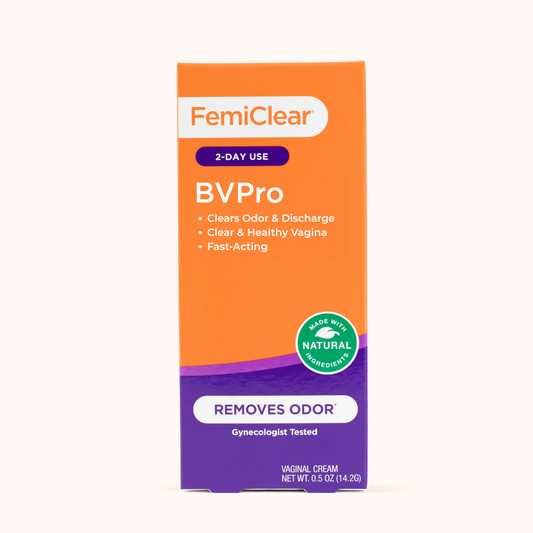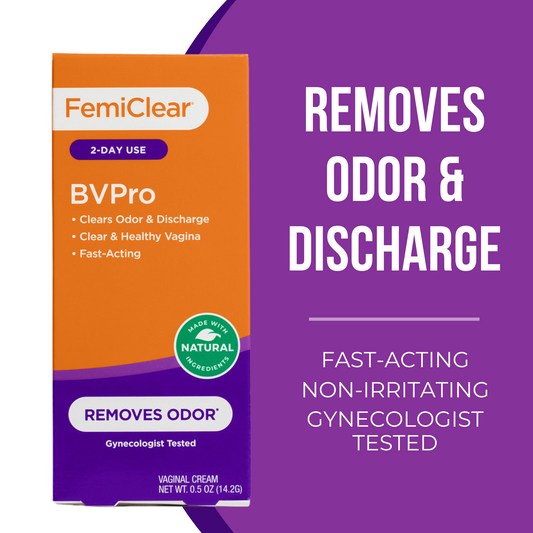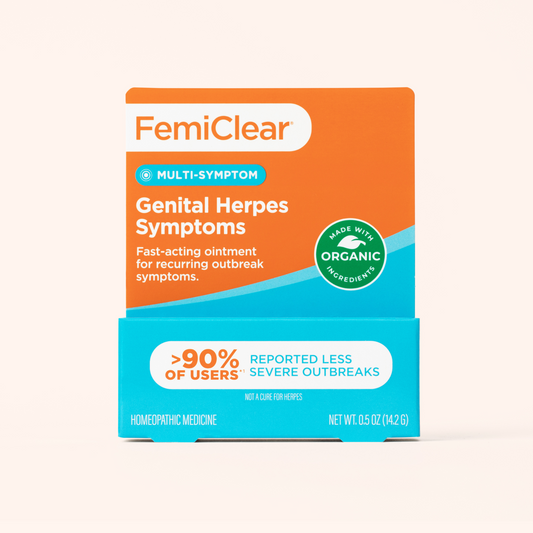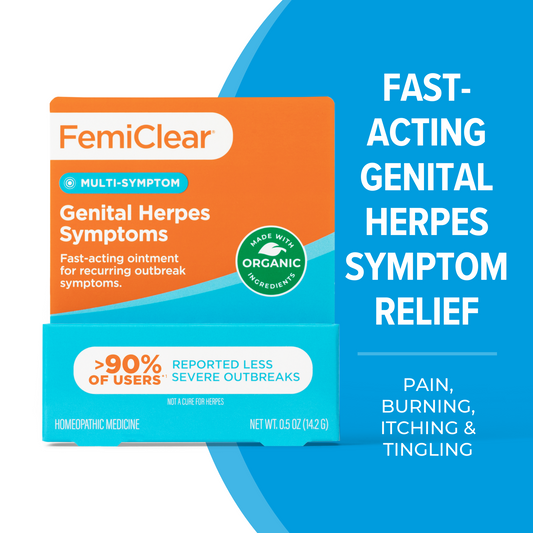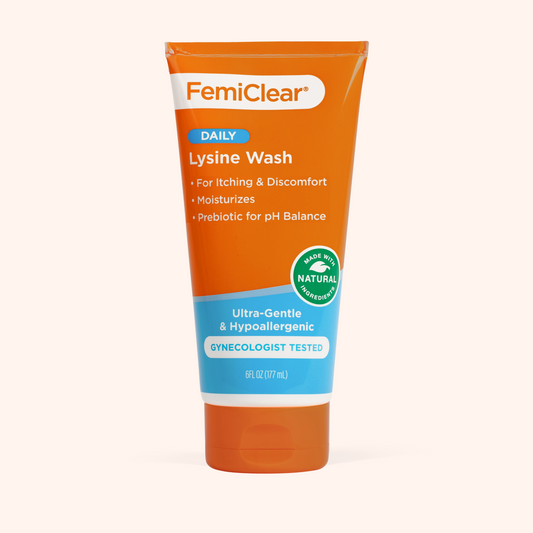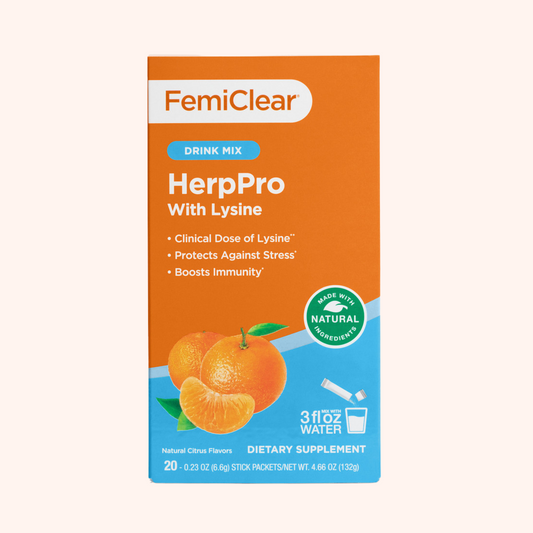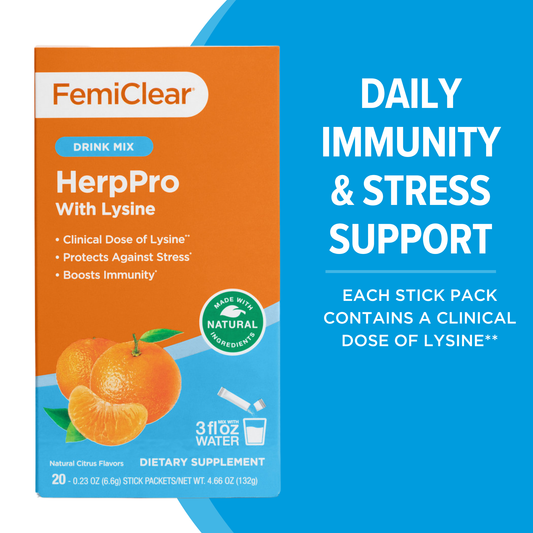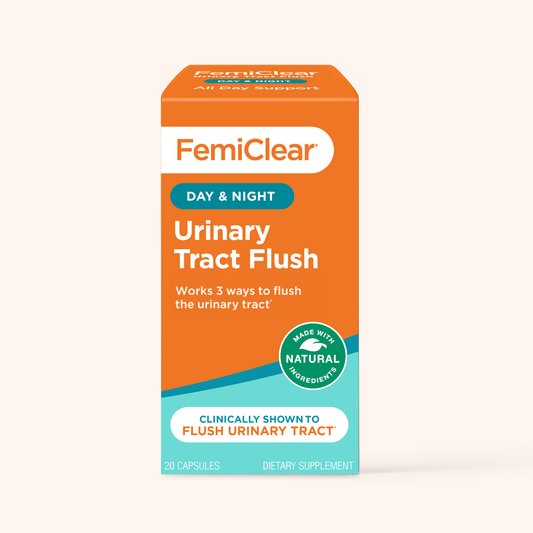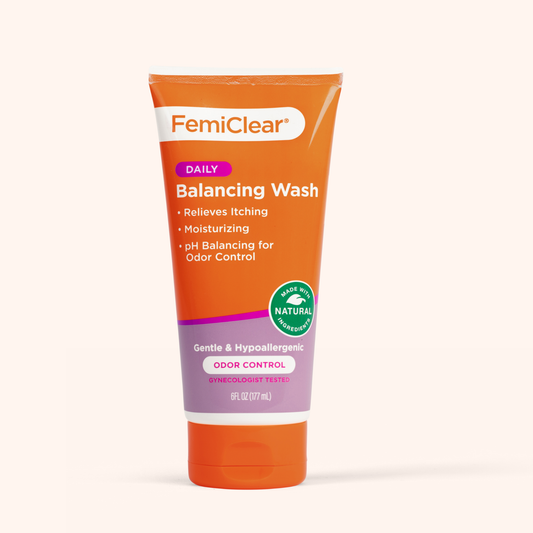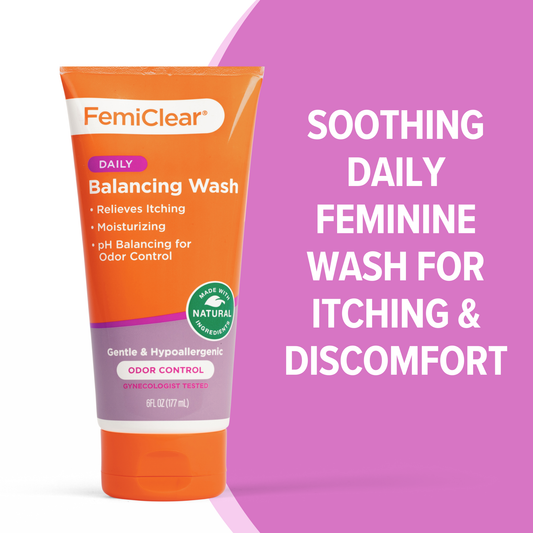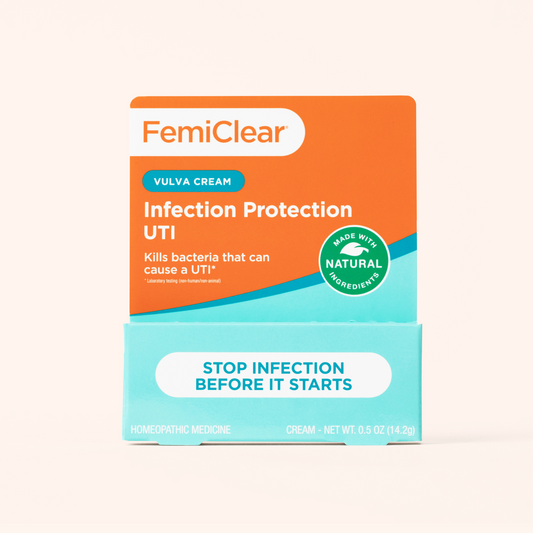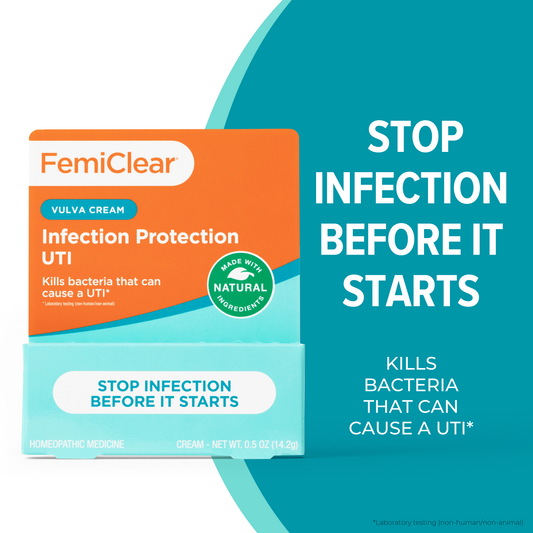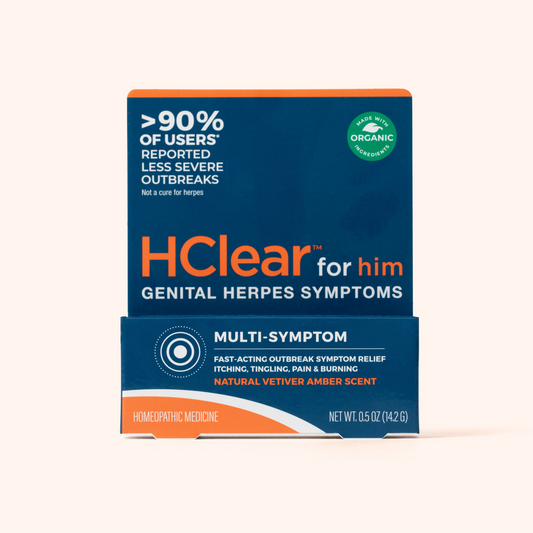Table of Contents
Table of Contents
What is Recurrent Vulvovaginal Candidiasis or RVVC?
Written by Julia Pelly, MPH Dec 13, 2021

Vulvovaginal candidiasis may sound like something out of a medical textbook, but the term is simply the formal name for a vaginal yeast infection. While 75% of women will have a yeast infection at some point, and 45% will have more than one, recurrent vulvovaginal candidiasis is less common.
In order to be diagnosed with recurrent vulvovaginal candidiasis (RVVC for short), you’ll need to have experienced three or more vaginal yeast infections within a one year time frame. It’s estimated that less than 5% of women will be affected by recurrent vulvovaginal candidiasis.
What are The Symptoms of a Yeast Infection?
Knowing the signs of vulvovaginal candidiasis can help you recognize the problem (and seek treatment) at the first sign of discomfort. The symptoms of a yeast infection (whether it’s your first or a recurrent infection) include:
- Vaginal discharge
- Vaginal rash
- Swelling and redness of the vulva
- Vaginal pain and soreness
- Irritation and Itching around the vulva
These symptoms may be mild, or more severe, and many people don’t experience all of them at once.
What Causes Yeast Infections?
A healthy vagina contains a mix of yeast (including candida) and bacteria (including lactobacillus) and, most of the time, this bacteria works to prevent the overgrowth of Candida. Sometimes though, an overgrowth does occur, which results in a yeast infection.
Some things that can lead to candida overgrowth include :
- Hormonal shifts at certain points in the menstrual cycle
- Antibiotic use
- The use of some hormonal birth control options
- Pregnancy
- Diabetes
- Spending long stretches of time in tight or moist clothing or underwear
- A weakened immune system
What Causes RVVC?
According to the CDC, most women who experience RVVC don’t have any underlying conditions that predispose them to yeast infections though there are some conditions (like diabetes) that can make experiencing a first yeast infection more likely.
Researchers have noted that the strain of candida found in 10-20% of women who have RVVC is different from that found in most single yeast infections. These strains (like C. glabrata and other non-albican candida species) are more resistant to conventional antifungal treatments.
Can you Prevent Yeast Infections?
While most women will experience a yeast infection at some point, there are things you can do to prevent them. Prevention can be especially important if you have experienced recurrent yeast infections in the past. Some prevention methods include:
- Being careful to use antibiotics only when necessary
- Taking a probiotic regularly
- Choosing non-hormonal birth control
- Changing out of workout clothes, damp swimsuits, or other moist clothing promptly
How Do You Treat Recurrent Vulvovaginal Candidiasis?
RVVC can be frustrating, uncomfortable, and costly. Using an over-the-counter product designed to relieve the uncomfortable symptoms associated with yeast infections and help you feel better fast. FemiClear kills over 99% of both common (c. albicans) and stubborn (c. glabrata, and c. parapsilosis) yeast.
How Does FemiClear Provide Relief for Recurrent Vulvovaginal Candidiasis?
FemiClear kills 99% of even the toughest-to-treat yeast and has been shown to provide symptom relief in as little as one day. If you have experienced multiple yeast infections over the last year, choosing a product that specifically focuses on the tougher-to-treat yeast can be an important step in finding relief.
Written by Julia Pelly, MPH Dec 13, 2021

YeastPro for Vaginal Discharge | Cream
Relief from Discharge in 24 Hours
Learn More